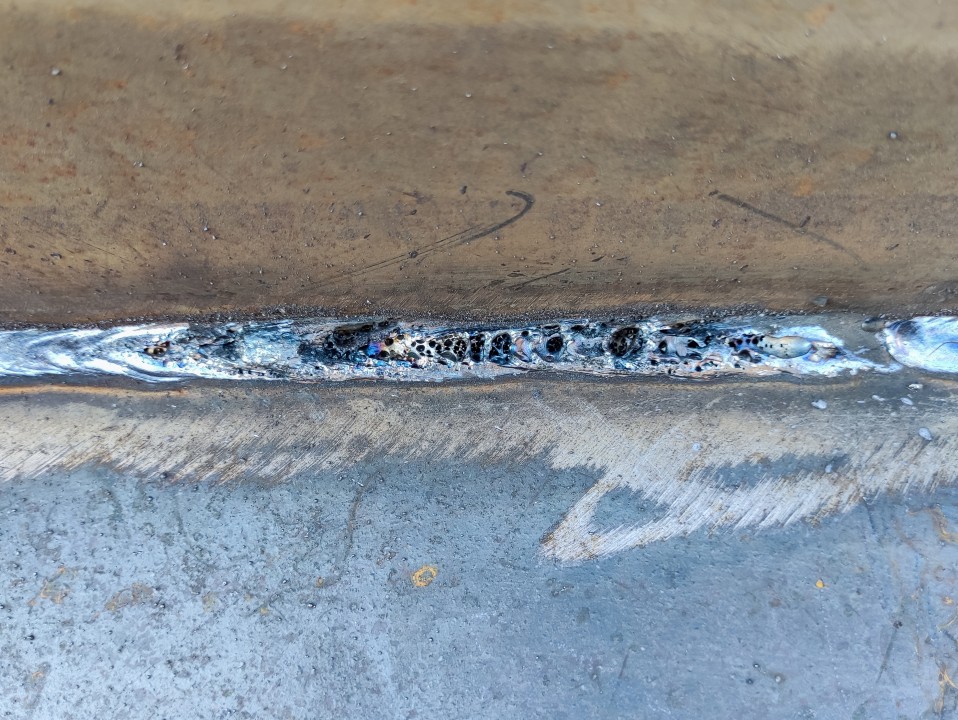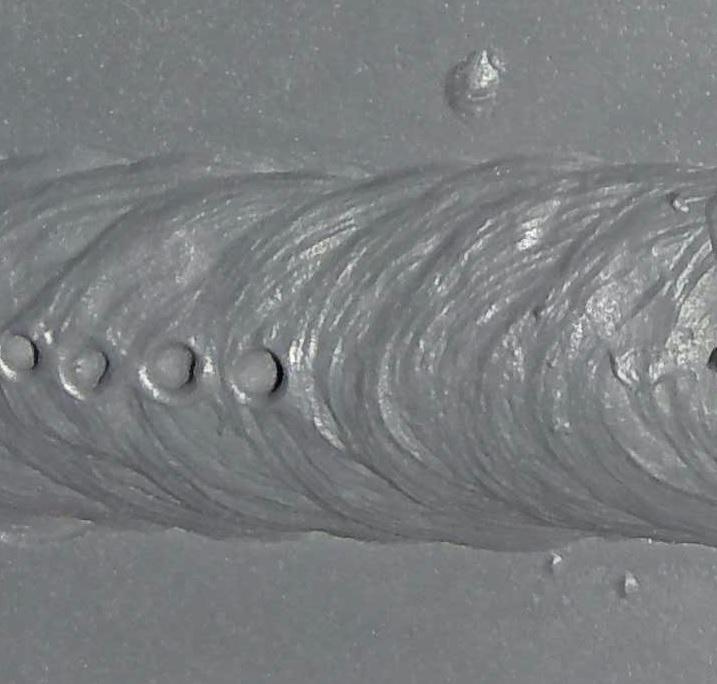What is Porosity in Welding: Usual Resources and Effective Solutions
What is Porosity in Welding: Usual Resources and Effective Solutions
Blog Article
Understanding Porosity in Welding: Exploring Reasons, Effects, and Prevention Methods
Porosity in welding is a relentless obstacle that can considerably impact the high quality and integrity of welds. As professionals in the welding market are cognizant, recognizing the causes, results, and avoidance strategies connected to porosity is critical for achieving robust and reliable welds. By delving right into the origin causes of porosity, analyzing its destructive results on weld high quality, and checking out reliable prevention methods, welders can improve their knowledge and skills to generate top notch welds regularly. The complex interplay of factors adding to porosity requires a thorough understanding and an aggressive method to make certain effective welding results.
Common Reasons For Porosity
Contamination, in the type of dust, grease, or corrosion on the welding surface area, creates gas pockets when heated up, leading to porosity in the weld. Improper protecting takes place when the shielding gas, typically used in processes like MIG and TIG welding, is unable to fully protect the liquified weld swimming pool from responding with the bordering air, resulting in gas entrapment and succeeding porosity. Furthermore, insufficient gas insurance coverage, typically due to incorrect circulation rates or nozzle positioning, can leave parts of the weld unsafe, permitting porosity to develop.
Results on Weld High Quality
The visibility of porosity in a weld can significantly compromise the general quality and stability of the welded joint. Porosity within a weld develops spaces or tooth cavities that weaken the structure, making it more vulnerable to fracturing, deterioration, and mechanical failing.
Additionally, porosity can hinder the efficiency of non-destructive testing (NDT) techniques, making it testing to discover various other flaws or discontinuities within the weld. This can result in substantial safety and security worries, specifically in vital applications where the architectural integrity of the bonded parts is paramount.

Prevention Techniques Introduction
Given the damaging influence of porosity on weld high quality, effective prevention techniques are essential to maintaining the structural honesty of welded joints. In addition, choosing the ideal welding criteria, such as voltage, present, and travel rate, can help decrease the threat of porosity development. By including these avoidance methods into welding methods, the incident of porosity can be considerably lowered, leading to stronger and a lot more reliable bonded joints.
Relevance of Appropriate Protecting
Proper shielding in welding plays a critical function in stopping atmospheric contamination and making certain the honesty of welded joints. Protecting gases, such as argon, helium, or a blend of both, are frequently made use of to safeguard the weld swimming pool from reacting with components in the air like oxygen and nitrogen. When these reactive elements enter into call with the hot weld swimming pool, they can create porosity, leading to weak welds with decreased mechanical residential or commercial properties.

Insufficient protecting can result in different problems like porosity, spatter, and oxidation, endangering the architectural honesty of the bonded joint. As a result, adhering to proper shielding practices is important to produce high-quality welds with marginal issues and make certain click this the durability and integrity of the welded components (What is Porosity).
Tracking and Control Techniques
How can welders efficiently monitor and manage the welding procedure to guarantee optimal results and protect against issues like porosity? One key technique is via making use of advanced monitoring innovations. These can consist of real-time monitoring systems that offer responses on specifications such as voltage, existing, travel rate, and gas flow rates. By constantly monitoring these variables, welders can identify discrepancies from the optimal problems and make immediate changes to prevent porosity development.

Additionally, executing appropriate training programs for welders is important for monitoring and controlling the welding procedure successfully. What is Porosity. Enlightening welders on the relevance of preserving constant parameters, such as proper gas protecting and take a trip speed, can help stop porosity problems. Routine analyses and accreditations can additionally make sure that welders excel in monitoring and controlling welding processes
In addition, the usage of automated welding systems can enhance surveillance and control capacities. These systems can specifically control welding specifications, reducing the likelihood of human error and making sure constant weld quality. By combining innovative tracking modern technologies, training programs, and automated systems, welders can properly this post monitor and control the welding procedure to decrease porosity defects and accomplish premium welds.
Conclusion

Report this page